Max Holloway: Method and Madness
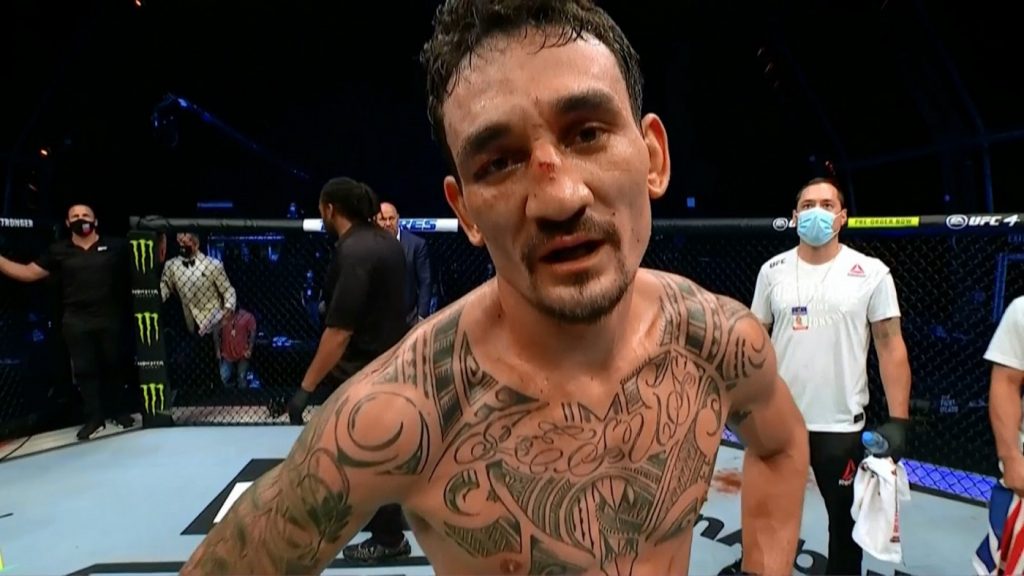
Written by Timothy E. Lewis (@TimothyELewis) — September 9th, 2020
Pragmatically speaking, featherweight Max Holloway is the most prodigious MMA fighter of all time, debuting at age 20, and achieving UFC gold at the age of 26.
Training out of Gracie Technics and Hawaii Elite MMA, the Honolulu native is one of countless top fighters to emerge from an unheralded camp. However, he finds himself in good company among his Hawaiian contemporaries, including multi-division legend BJ Penn and top-10 featherweight, Dan Ige. As Calvin Kattar said after his 5-round battle with Ige, “Hawaiians are built different.”
Few resumes are as deep and resoundingly star-studded as Holloway’s. What’s most remarkable is the former champion has not reached the age apex for his division; we can posit that he is still entering the prime of his career.
In his most recent bout, we saw an incredible Max Holloway — one capable of implementing the diversity of his early-career striking profile, with the trademark volume boxing style that etched his throne in sport’s pantheon. In that way, Holloway is a case study all to himself: A fighter who is both an all-time-great while arguably still ascending. Although he dropped a controversial split-decision in his rematch with current champion Alexander Volkanovski, the loss re-established the glean on Holloway’s prospects, after many believed he was exposed in the first bout. With the upside as tangible as ever, it’s prudent to understand what keeps the best “blessed”.
The Method:
The list of positive qualities for the Hawaiian is long enough to encompass a CVS receipt. As an athlete, he stands a cut above. Few in the history of the sport have shared Holloway’s combination of cardio and durability. He is proven as one of the UFC’s most high-volume fighters with numerous 5-round contests to verify. Furthermore, Max’s chin is thus far unbreakable, never surrendering a knockdown in 23 UFC contests.
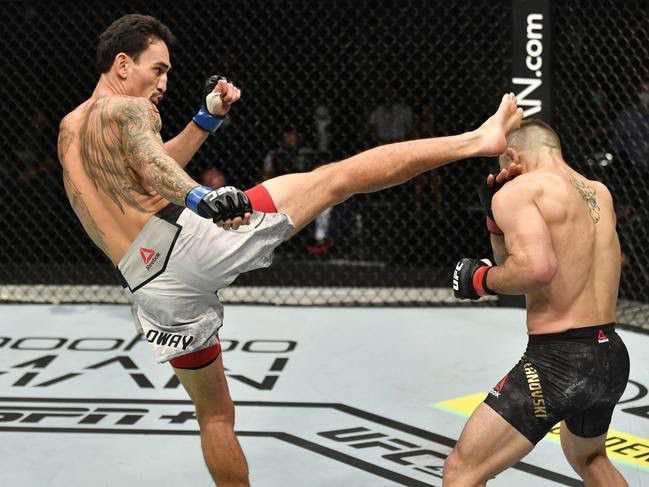
As tenured fans and analysts know, it’s not so much having inherent advantages, as being able to leverage them. Holloway has a penchant for breaking his opponents physically and mentally. One moment he’s unleashing a cascading combination and the next he’s smugly admiring his handiwork. Rinse and repeat, endlessly, until the bell sounds… or the opponent drops.
This description may be reminiscent of other notable names, such as the Diaz brothers. Fortunately, Max does not suffer the same pitfalls. He’s shown resilience when exploited by leg kicks and his takedown defense clocks in at a thoroughly-tested 83%. It’s often said that the most important skill in MMA is the ability to dictate where the fight takes place. Holloway keeps the action on his turf.
A detail that seems counterintuitive is that Holloway has found more success as he’s simplified his approach, similar to his predecessor Jose Aldo. Both Holloway and Aldo reigned in their raw ferocity and repurposed the energy, in a way that mitigates their vulnerabilities. With neither man having wrestled prior to MMA, the two had to mold their striking portfolio for the confines of the sport. This approach may draw criticism from some who would argue that good offense beats good defense, or that more weapons are better than fewer. I’ll leave that debate with the deferential notion that ideological diversity is part of what makes the sport incredible.
The Madness:
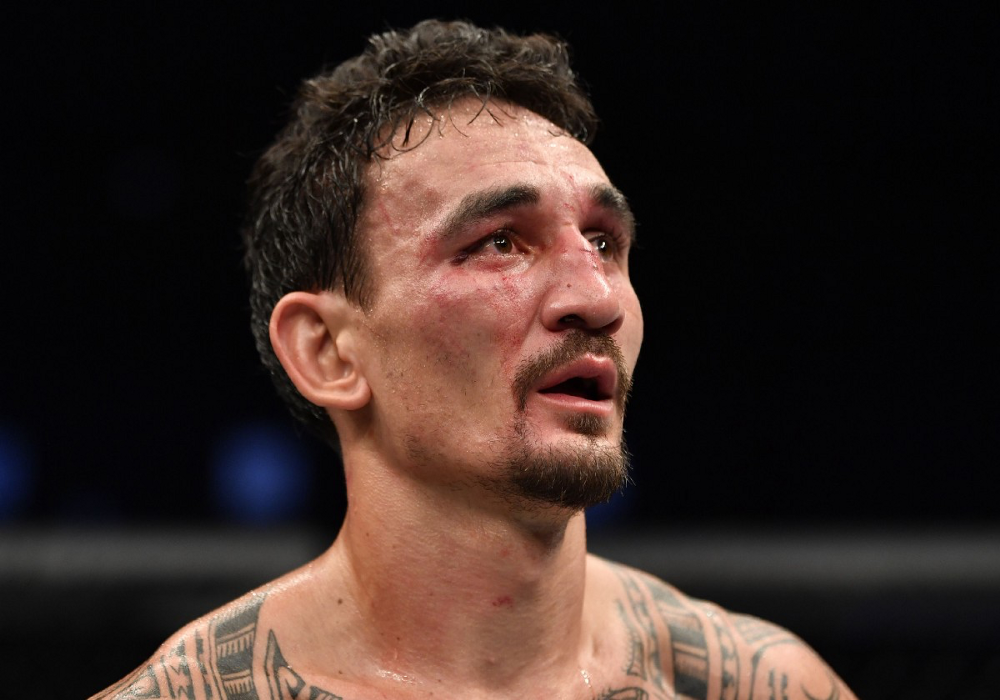
There is an opportunity cost to a style that baits high-paced striking wars. Even with Holloway’s defensive savvy, his footwork, range management, and varied entries, he still subjects himself to tremendous risk
Regardless of wins or legacy, Holloway is a cage fighter absorbing 22.6 Significant Strikes per Round (SSLpR). Perhaps this is the very “madness” this segment is intended to describe, but it also raises another discussion: Despite never being knocked down, and rarely appearing rocked, Max Holloway is one of the most head-struck mixed martial artists of all time, and it’s no surprise why:
When you push the pace to the tune of throwing 80 significant strikes per round, you encourage return fire. While Holloway is largely on the better end of exchanges, he has lost 3 of his last 4 fights and absorbed 341 head strikes in the process. While we don’t have long-term studies on brain trauma in the context of MMA, early returns from other sports are not encouraging.
What’s more? Holloway has absorbed 933 head strikes in his UFC career before reaching the age of 30. This does not include training or prior fights.
The good news is the Elite Hawaii MMA product is performing better than ever. I like his chances of winning the belt back. But what will the madness cost?

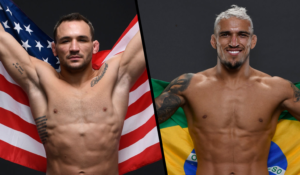

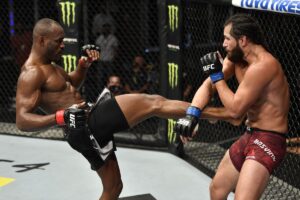
2 thoughts on “Max Holloway: Method and Madness”